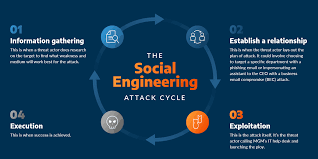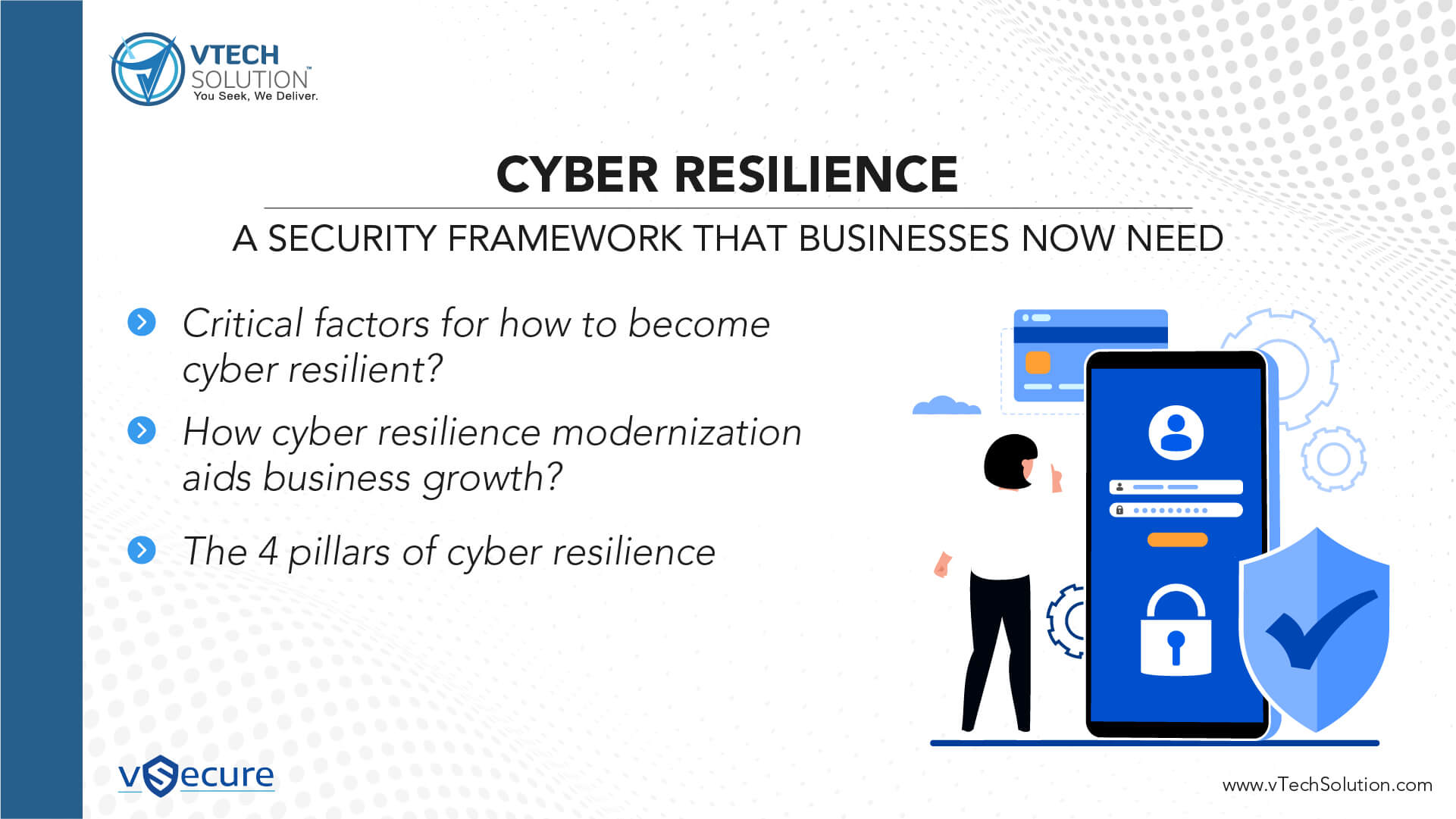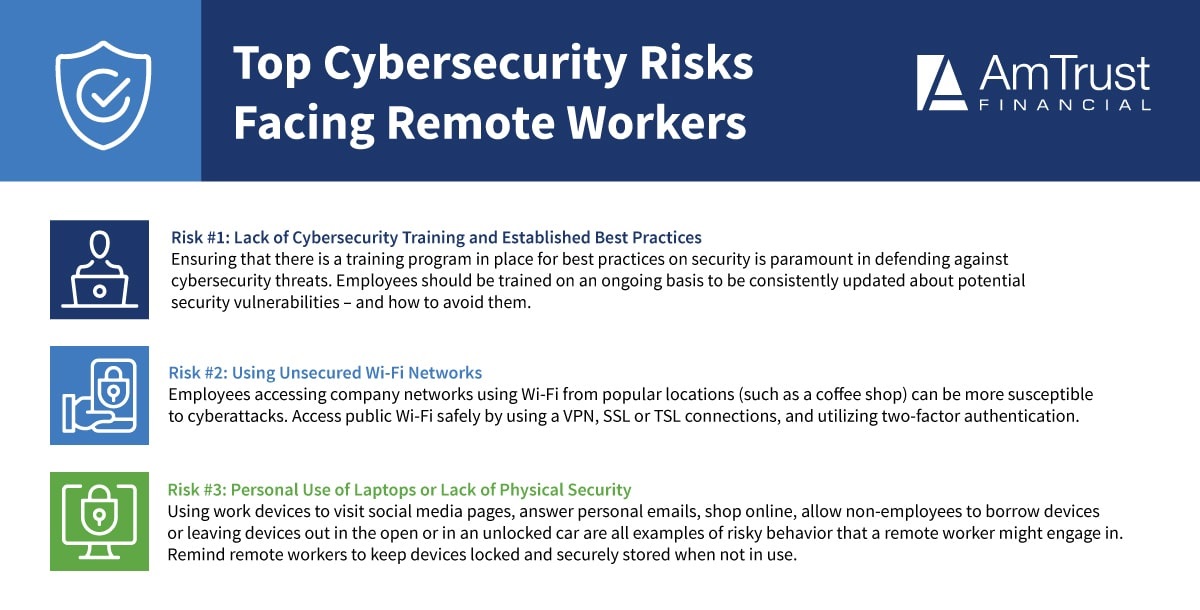Keep Up with the Latest Malware Outbreak News
Malware outbreaks are significant events where harmful software spreads widely, affecting many computers and networks. Keeping up with the latest malware outbreak news helps you stay informed about the threats that could impact your devices. Malware, short for malicious software, includes viruses, worms, ransomware, and spyware designed to damage, steal, or corrupt data.
A malware outbreak typically begins when malicious code is released into the wild. This can happen through phishing emails, infected websites, or compromised software. Once the malware infects a device, it can spread rapidly to other systems, causing widespread disruption.
Monitoring news about these outbreaks is crucial because it provides information on new types of malware and their methods of infection. By understanding these details, you can take proactive steps to protect your devices and personal information.
How to Find Reliable Sources for Malware News
To stay updated on malware outbreaks, it’s important to find reliable sources of information. Trusted sources include cybersecurity websites, official government alerts, and reputable tech news outlets. These sources often provide accurate and timely updates about new malware threats.
Cybersecurity websites like Symantec, McAfee, and Kaspersky frequently publish reports on the latest malware threats. These sites offer detailed analysis and recommendations for protecting against new attacks. Government agencies such as the Cybersecurity and Infrastructure Security Agency (CISA) also release alerts and advisories about emerging threats.
Tech news outlets like Wired, TechCrunch, and The Verge cover major malware outbreaks and provide easy-to-understand explanations. Following these sources ensures that you receive accurate and relevant information about the latest malware threats.
How to Protect Yourself During an Outbreak
During a malware outbreak, taking steps to protect yourself is essential. Start by updating your antivirus software and operating system. Security updates often include patches that fix vulnerabilities exploited by malware. Ensure that your firewall is enabled to block unauthorized access to your network.
Be cautious with email attachments and links, especially if they come from unknown sources. Phishing emails often contain malicious links or attachments designed to infect your device. Avoid clicking on links or downloading files from suspicious emails.
Regularly back up your important files to an external drive or cloud storage. In case of a malware infection, you can restore your data without significant loss. Additionally, educate yourself and others about safe online practices to reduce the risk of malware infections.
What to Do If You Are Infected
If you suspect that your device is infected with malware, it’s important to act quickly. First, disconnect from the internet to prevent the malware from spreading further. Run a full scan with your antivirus software to detect and remove the malicious software.
If the antivirus software cannot remove the malware, you may need to seek professional help. Contact a cybersecurity expert or IT support service for assistance in cleaning your device and securing your data. Avoid using the infected device for sensitive activities until it has been thoroughly cleaned.
In addition to removing the malware, change your passwords for online accounts to prevent unauthorized access. Monitor your accounts for any unusual activity and report any suspicious transactions to your bank or service provider.
Staying Informed About Future Threats
Staying informed about future malware threats involves regularly checking news sources and cybersecurity updates. Subscribe to newsletters from reputable cybersecurity organizations to receive timely alerts and advice. Follow tech blogs and social media accounts that focus on cybersecurity to get the latest updates and tips.
Participate in online forums and communities dedicated to cybersecurity. These platforms often discuss recent malware outbreaks and share insights on emerging threats. Engaging with these communities can help you stay ahead of potential threats and learn from others’ experiences.
By staying informed and vigilant, you can better protect yourself and your devices from malware outbreaks. Remember, knowledge is a powerful tool in the fight against cyber threats.



